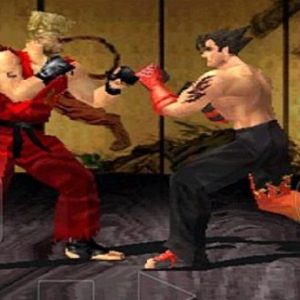Similiar games
Tekken 3 placed greater emphasis on movement compared to previous entries. The introduction of sidestepping allowed players to shift laterally, creating more options for evading linear attacks and punishing from new angles. This addition made spacing more important and changed how players approached both offense and defense. The overall speed of matches increased, encouraging quicker reactions and better control of timing.
Attack Execution and Combo Opportunities
One of the defining features of Tekken 3 was the way it handled attack chains and launchers. Many characters had access to moves that could knock an opponent into the air, starting juggle combos that dealt heavy damage if executed correctly. These sequences required precise timing, especially to maintain control and avoid dropping the opponent. The game also introduced more tools for combo variation, giving players the ability to explore different routes depending on positioning and hit confirmation. This system rewarded both memorization and adaptability.
Defense, Counters, and Pressure
Defensive play in Tekken 3 became more layered. Players had access to different get-up options after being knocked down, including rolls, flips, and quick recoveries. This made it harder for attackers to predict and maintain pressure without thinking ahead. Some characters had built-in counters or reversal techniques that added risk to aggressive play. Throws and guard breaks could force openings, but careless inputs could leave a fighter exposed. Overall, the gameplay encouraged players to find a balance between offense and defense while staying aware of each frame and movement choice.




















